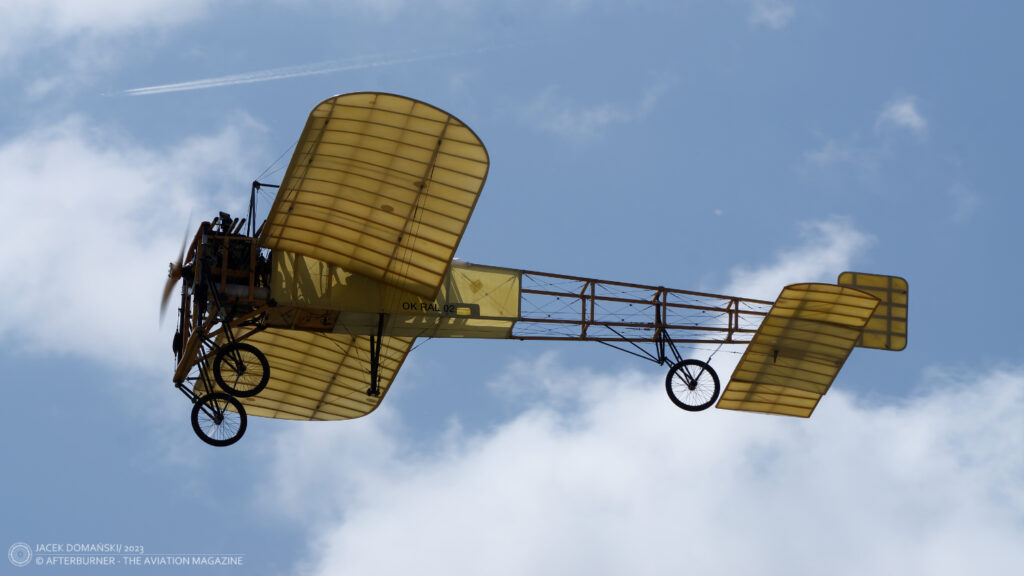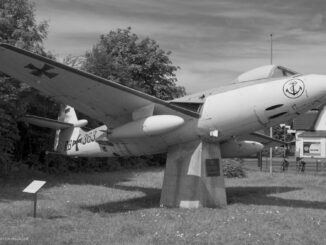 On 12th April 1911, French aviation pioneer Pierre Prier, achieved new aviation milestone by opening direct air link between London and Paris, the two European capital cities.
On 12th April 1911, French aviation pioneer Pierre Prier, achieved new aviation milestone by opening direct air link between London and Paris, the two European capital cities.
Pierre Prier was born on 26th December 1886 in Rouen, France. He completed classical studies in his birthplace and then obtained technical education in Paris.
In 1910, Prier received his French pilot´s license No. 169. Then, he worked as a flight instructor for flying schools in the country.
On 12th April 1911, flying a Blériot XI monoplane, Prier performed the first successful non-stop flight between London and Paris.
The first flight between those two European capital cities was already performed in August and September of 1910, by J.B. Moisant. Nevertheless, it took him as long as twenty-two days to cover that distance, due to weather conditions and several forced landings caused by mechanical failures of the aeroplane.

Pierre Prier began his flight from Hendon, located approximately ten kilometres from the London city centre. Three hours and fifty-six minutes later, he successfully landed at Issy-les-Molineaux, one of suburbs of Paris. The route covered by Prier during that record flight was 466.7 kilometres long. During the flight, the French aviation pioneer had to climb up to approximately 1,000 metres, to avoid fog and low-altitude clouds.
Later that year, Prier joined the British and Colonial Aeroplane Company (later Bristol Aeroplane Company) and became the chief instructor at Hendon aerodrome. He also tried his luck in air racing and developed a sport aircraft, designated P-1 (or No. 46), in which he reached the speed of approximately 112 kph. Although Prier did not achieve any success in motorsport, his aeroplane – branded as Bristol Prier monoplane – was built in thirty-four examples and used for flight training, racing and military purposes.
During the Great War, Prier volunteered to the aviation arm of the French armed forces. After the war, he managed a company taking care about surplus military aircraft.
In 1927, Prier was among the of Socièté Continentale Parker, a European branch of Parker Westproof company that introduced a phosphate conversion coating (also known as Parkerization) to protect metal surfaces from rust. He managed that company until his death in 1950.
Cover photo: Pierre Prier (source: Bibliothèque nationale de France, gallica.bnf.fr, ark:/12148/btv1b9019875v, public domain)



